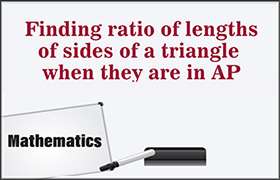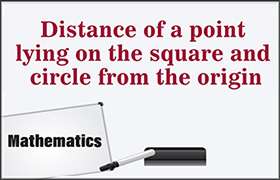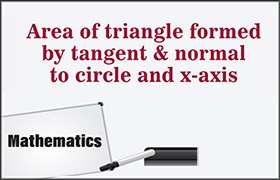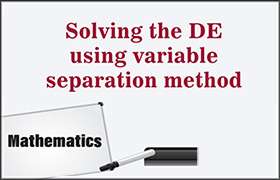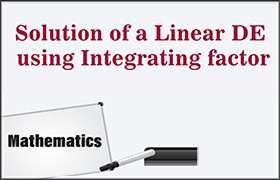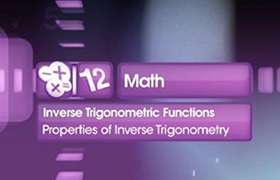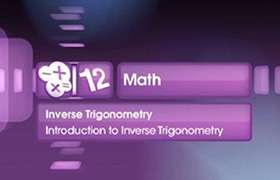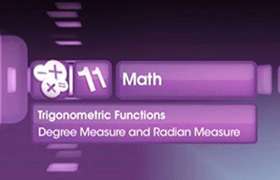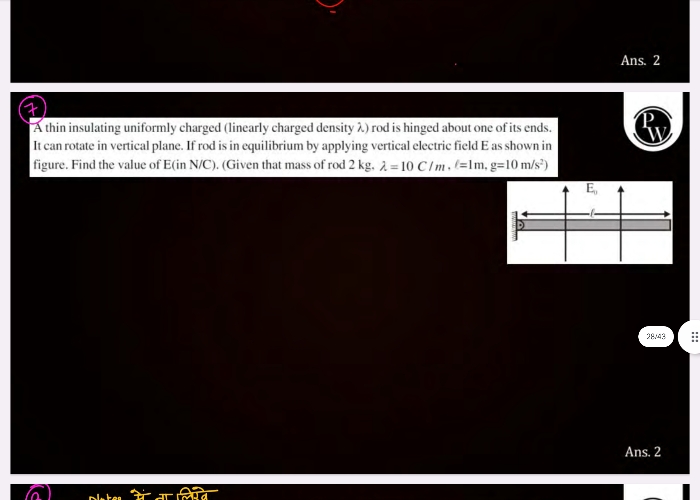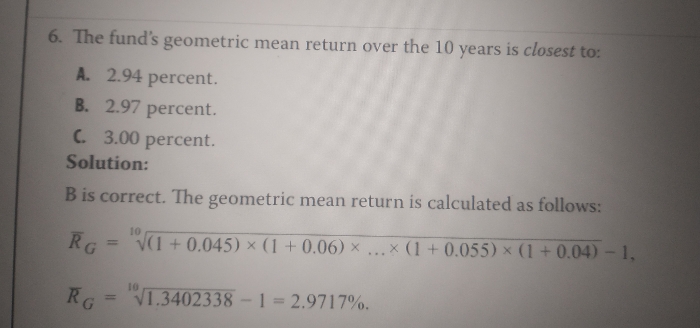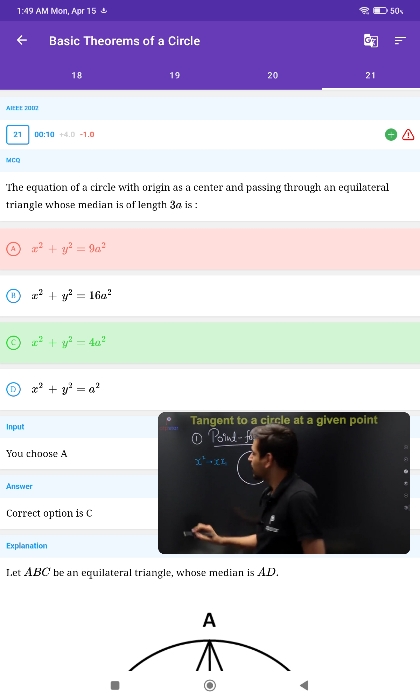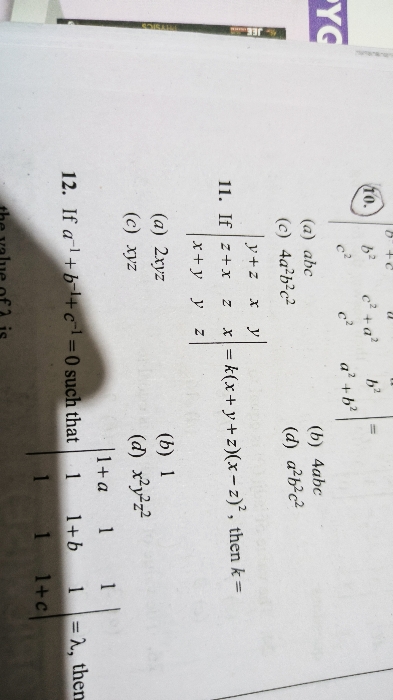JEE Class main Answered
integrate 2sinx-cosx+3/sinx-2cosx+1 dx
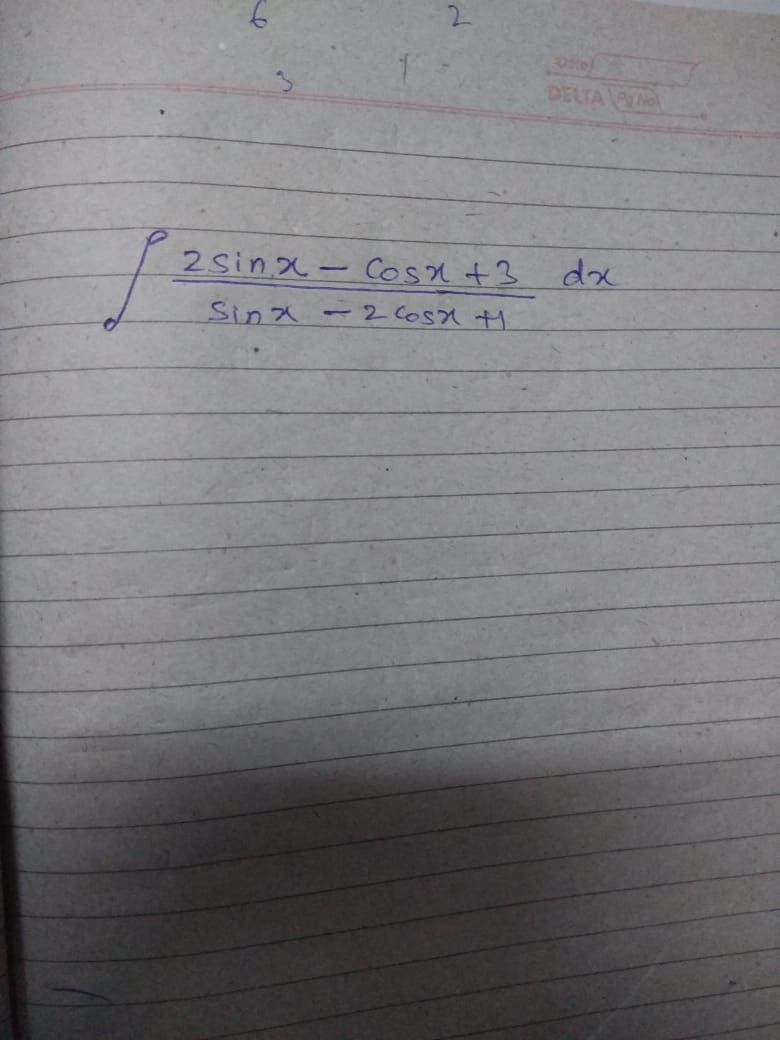
Asked by ayush9828450465 | 15 Oct, 2020, 10:17: AM
Given integration :- 

Let u = sinx - 2cosx +1 , then du = ( cosx+2sinx ) dx
numerator of integrand :- (2 sinx - cosx +3 ) dx = ( 2sinx + cosx -2cosx +3 ) dx = du + (3 - 2 cosx) dx
Hence given intgration becomes
 .....................(1)
.....................(1)Where
 ......................(2)
......................(2)To integrate above, we use the substitutions , t = tan(x/2) , sinx = 2t / ( 1+t2 ) , cosx = (1-t2 )/(1+t2 ) , dx = 2dt / ( 1+ t2 )
By using the above substitutions, we get
 .........................(3)
.........................(3)Integrand in the above integration is written as partial fraction as given below
 ...................(4)
...................(4)Hence we write
(1+5 t2 ) = A ( 3t -1 ) ( 1 + t2 ) + B ( 1+t) (1 +t2 ) + ( C t + D ) ( 1 + t ) ( 3 t -1 ) ........................(5)
if we put t = 1/3 in above eqn.(5) , we get B = 21/20
if we put t = -1 in above eqn.(5) , we get A = -3/4
if we put t = 0 in above eqn.(5) , we get 1 = -A +B -D = (3/4) + 21/20 -D , hence D = 4/5
if we put t = 1 in above eqn.(5) , we get 6 = 4A +4B +( C+D)4 , By substituting values for A , B and D , we get C = 2/5
using the values A, B, C and D , we rewrite integration as given in eqn.(3) as

Integration of each term in above equation is known .
Hence after integration of each term , by using substitution t = tan(x/2) and after simplification , we get

Hence using eqn.(1) , given integration becomes


Answered by Thiyagarajan K | 15 Oct, 2020, 04:00: PM
Application Videos
Concept Videos
JEE main - Maths
Asked by kakumanumanoj282 | 20 Apr, 2024, 06:07: PM
JEE main - Maths
Asked by nirmalraulji5 | 18 Apr, 2024, 09:03: PM
JEE main - Maths
Asked by veerababukoppisettiveerababu3 | 17 Apr, 2024, 05:49: PM
JEE main - Maths
Asked by usakoyalshailesh | 15 Apr, 2024, 09:48: AM
JEE main - Maths
Asked by sharmalalita847 | 14 Apr, 2024, 09:21: PM
JEE main - Maths
Asked by sarthakshukla7275 | 14 Apr, 2024, 01:29: PM
JEE main - Maths
Asked by ashwinskrishna2006 | 14 Apr, 2024, 11:58: AM

